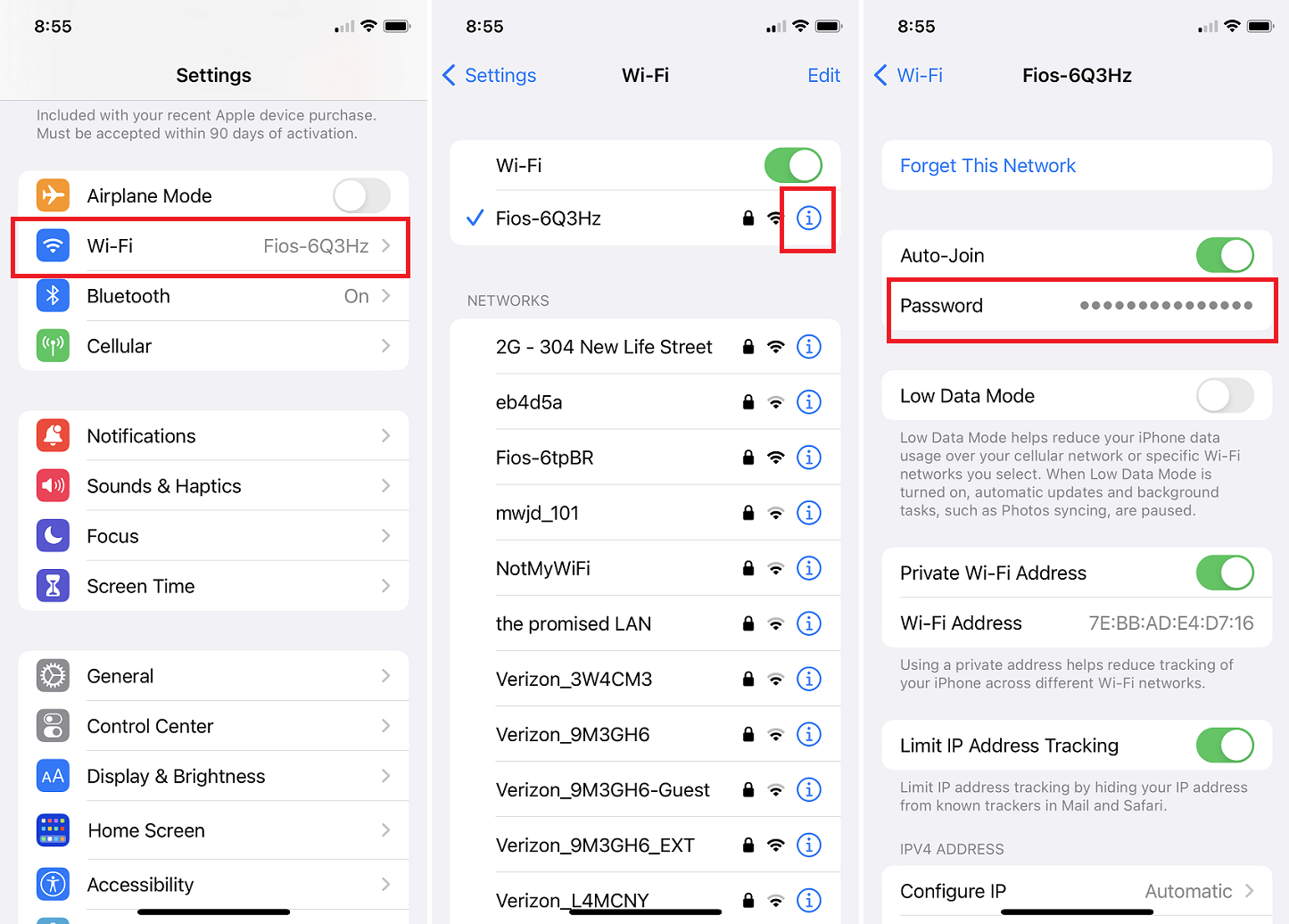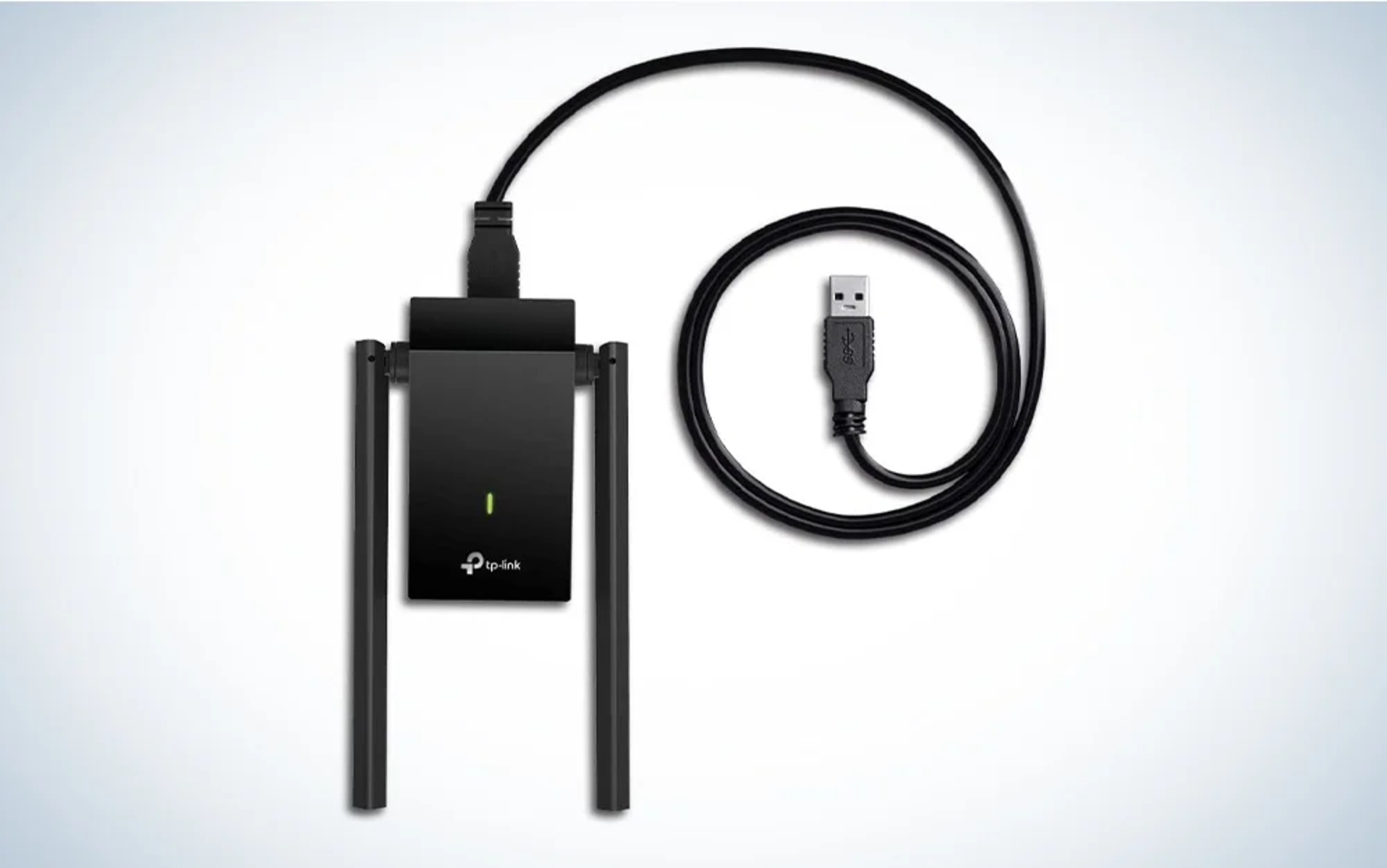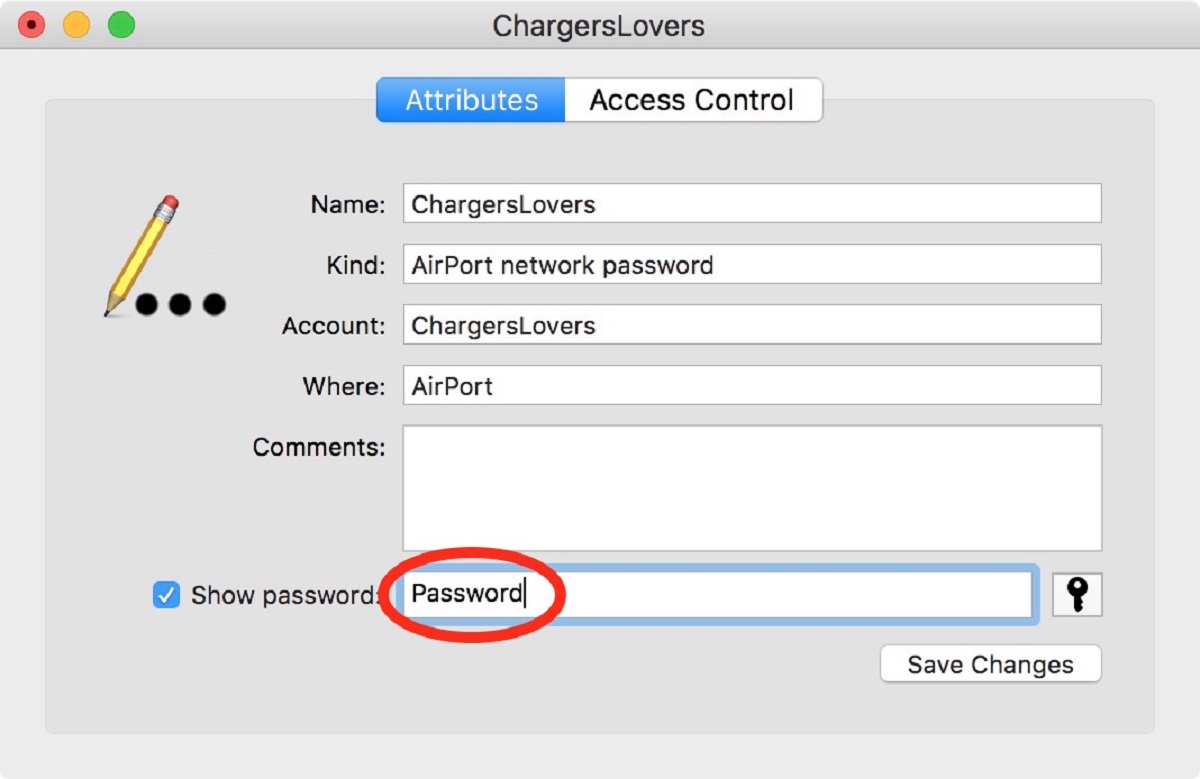Introduction
Welcome to the digital age, where staying connected is a crucial part of our daily lives. Whether it’s for work, entertainment, or simply staying in touch with loved ones, having a reliable internet connection is essential. And what is the key to accessing that connection? Your Wi-Fi password.
Your Wi-Fi password is a string of characters that ensures only authorized devices can access your network. It acts as a protective shield, preventing unwanted guests from leeching off your bandwidth and compromising your online security. However, there may be instances where you need to access your Wi-Fi password but can’t remember it. Perhaps you’re setting up a new device, helping a friend connect to your network, or simply want to document the information for future reference. Whatever the reason, this guide will walk you through several methods to figure out your Wi-Fi password.
Before we dive into the methods, it’s important to note that you will need to have administrative access to your router or the device on which your Wi-Fi network is managed. If you’re renting your router from your Internet Service Provider (ISP), they usually provide you with the necessary credentials. If you’ve changed the default login details, you’ll need to refer to your router’s manual or contact your ISP for assistance.
Now, let’s explore the various methods you can use to figure out your Wi-Fi password.
Reasons to Know Your Wi-Fi Password
Knowing your Wi-Fi password can prove to be beneficial in several ways. Let’s explore some of the reasons why it’s important to have this information at your fingertips:
1. Device Connections: If you have a new device, such as a smartphone, tablet, or smart TV, you’ll need to enter your Wi-Fi password to connect it to your network. Having access to your password will make the setup process smooth, allowing you to enjoy a seamless connection on all your devices.
2. Guest Access: If you frequently have guests visiting your home or office, you might want to provide them with temporary Wi-Fi access. By knowing your Wi-Fi password, you can easily share it with guests, ensuring they can connect to your network without any hassle.
3. Troubleshooting: In case you experience connectivity issues or need to modify your network settings, knowing your Wi-Fi password is essential. Accessing your router’s configuration page or making changes to your network settings typically requires authentication using the password.
4. Network Security: Wi-Fi passwords act as a protective measure, preventing unauthorized users from accessing your network and potentially compromising sensitive data. By knowing your Wi-Fi password, you have control over who can connect to your network, ensuring that only trusted individuals have access.
5. Peace of Mind: Knowing your Wi-Fi password provides a sense of security and convenience. You can rest assured that only authorized devices can connect to your network, minimizing the risk of unauthorized access or data theft.
Now that we understand why it’s important to know your Wi-Fi password, let’s move on to the various methods you can use to retrieve it.
Method 1: Checking the Router
One of the simplest ways to find your Wi-Fi password is by checking your router. Most routers have a sticker on the back or bottom that displays important information, including the Wi-Fi network name (SSID) and password.
To retrieve your Wi-Fi password using this method, follow these steps:
- Locate your router: Find the physical device that connects to your internet service. It is usually placed in a central location, such as your living room or office.
- Identify the router’s information panel: Look for a sticker or label on the back or bottom of the router. This panel typically includes details such as the router’s model number, serial number, and login credentials.
- Find the Wi-Fi password: Locate the field that displays the Wi-Fi password or network key. It is usually labeled as “Password,” “Key,” or “Passphrase.” Depending on your router, the password may be visible or hidden with dots or asterisks. If it’s hidden, there may be a button or toggle switch on the router to reveal the password.
- Take note of the password: Write down or take a photo of the Wi-Fi password for future reference. Make sure to store it in a secure place.
It’s important to note that some routers allow users to change the default login credentials, including the Wi-Fi password. If you have modified your router’s settings, the password on the sticker may no longer be accurate. In such cases, you will need to access your router’s configuration page using the modified credentials or try other methods to retrieve your Wi-Fi password.
By checking the information panel on your router, you can quickly and easily find your Wi-Fi password without the need for any additional tools or technical knowledge.
Method 2: Using the Command Prompt (Windows)
If you’re using a Windows computer and have connected to your Wi-Fi network in the past, you can use the Command Prompt utility to retrieve your Wi-Fi password. This method requires a basic understanding of using the Command Prompt, but it’s a convenient way to access your password without needing physical access to your router or additional software.
Follow these steps to retrieve your Wi-Fi password using the Command Prompt:
- Open the Command Prompt: Press the Windows key and type “cmd” in the search bar. Click on the Command Prompt app from the search results to open it.
- Run a command: In the Command Prompt window, type the following command and press Enter:
netsh wlan show profile name="YOUR-SSID" key=clear(Replace “YOUR-SSID” with the name of your Wi-Fi network.) - Find the Wi-Fi password: Look for the “Key Content” field in the command output. The Wi-Fi password will be displayed next to it.
- Take note of the password: Write down or save the Wi-Fi password in a secure location.
Using the Command Prompt allows you to quickly retrieve your Wi-Fi password if you have previously connected to the network on your Windows computer. This method doesn’t require any additional tools or software, making it a convenient option for users familiar with the Command Prompt utility.
Method 3: Using System Preferences (Mac)
If you’re using a Mac, you can easily find your Wi-Fi password using the System Preferences menu. This method is straightforward and doesn’t require any additional software or technical knowledge. Follow these steps to retrieve your Wi-Fi password on a Mac:
- Open System Preferences: Click on the Apple menu in the top-left corner of your screen and select “System Preferences” from the dropdown menu.
- Select “Network”: In the System Preferences window, click on the “Network” icon.
- Select your Wi-Fi network: On the left-hand side of the Network window, select your Wi-Fi network from the list of available connections.
- Click on “Advanced”: In the bottom-right corner of the Network window, click on the “Advanced” button.
- Go to the “Wi-Fi” tab: In the Advanced window, navigate to the “Wi-Fi” tab.
- View your Wi-Fi password: Under the “Preferred Networks” section, find your Wi-Fi network and click on it. Then, click on the “Show Password” checkbox.
- Authenticate your Mac: You will be prompted to enter your Mac’s administrator username and password.
- Retrieve your Wi-Fi password: Once authorized, the Wi-Fi password will be revealed in the “Password” field.
Make sure to take note of the Wi-Fi password or save it in a secure location for future reference. With this simple method, you can easily find your Wi-Fi password using the System Preferences menu on your Mac.
Method 4: Using a Password Manager
If you use a password manager to store and organize your login credentials, retrieving your Wi-Fi password becomes even easier. Many password managers offer the feature to securely store Wi-Fi passwords along with other sensitive information. If you have already stored your Wi-Fi password in a password manager, you can quickly retrieve it using the following steps:
- Open your password manager: Launch the password manager application or extension on your device.
- Access your saved passwords: Navigate to the section or tab where your saved passwords are stored within the password manager interface.
- Search for your Wi-Fi network: Look for the entry corresponding to your Wi-Fi network in the list of saved passwords.
- Retrieve your Wi-Fi password: Click on the entry to view the details, and the password should be displayed.
- Copy or note down the password: Copy the Wi-Fi password from the password manager, or write it down in a secure place for future reference.
By utilizing a password manager, not only do you ensure the security of your Wi-Fi password, but you also simplify the process of retrieving it whenever needed. It is always recommended to use a trusted and secure password manager to store your sensitive information.
Method 5: Contacting Your Internet Service Provider (ISP)
If all else fails, or if you are unable to retrieve your Wi-Fi password using the previous methods, you can always reach out to your Internet Service Provider (ISP) for assistance. As the provider of your internet connection, they have access to the necessary information and can help you retrieve your Wi-Fi password. Here’s what you can do:
- Locate the contact information for your ISP: Check your ISP’s website, the documentation provided when you signed up for your internet service, or your billing statement for the customer support contact details.
- Contact customer support: Call or email the customer support team of your ISP and explain your situation. They will guide you through the necessary steps to retrieve your Wi-Fi password.
- Verify your account details: During the conversation with the customer support representative, be prepared to verify your account by providing personal information or answering security questions.
- Follow their instructions: The customer support team will provide you with instructions on how to retrieve your Wi-Fi password. This might involve logging in to your online account, accessing your router’s settings, or providing your account credentials for authentication.
- Take note of the password: Once you have successfully retrieved your Wi-Fi password, make sure to write it down or save it in a secure location for future reference.
By contacting your ISP, you can rely on their expertise and resources to retrieve your Wi-Fi password. They are well-equipped to guide you in the process and ensure that you regain access to your network without any hassle.
Conclusion
Knowing your Wi-Fi password is essential for seamless device connections, guest access, troubleshooting, network security, and overall peace of mind. In this article, we have explored several methods to help you figure out your Wi-Fi password.
Firstly, checking the router is a simple and commonly used method, allowing you to find the Wi-Fi password on the router itself. Secondly, using the Command Prompt on Windows computers provides a convenient way to retrieve the Wi-Fi password if you have previously connected to the network. Thirdly, on Mac devices, you can easily find the Wi-Fi password through the System Preferences menu. Fourthly, if you use a password manager, retrieving your Wi-Fi password becomes even easier as it can securely store and organize your credentials. Lastly, if all else fails, contacting your Internet Service Provider (ISP) will ensure that you can retrieve your Wi-Fi password with their assistance.
Remember to follow the appropriate steps for each method and always ensure that you store your Wi-Fi password in a secure location after retrieval.
By knowing your Wi-Fi password, you can enhance your connectivity experience, protect your network, and easily connect new devices. Now that you have a variety of methods at your disposal, you can confidently tackle any situation that requires you to figure out your Wi-Fi password.












![How To Increase Your Internet Speed Right Now [GUIDE]](https://robots.net/wp-content/uploads/2022/04/how-to-increase-your-internet-speed-featured-300x175.jpg)












